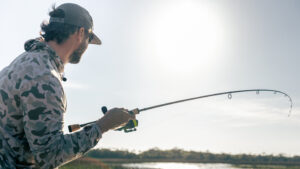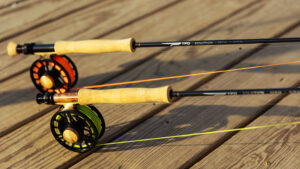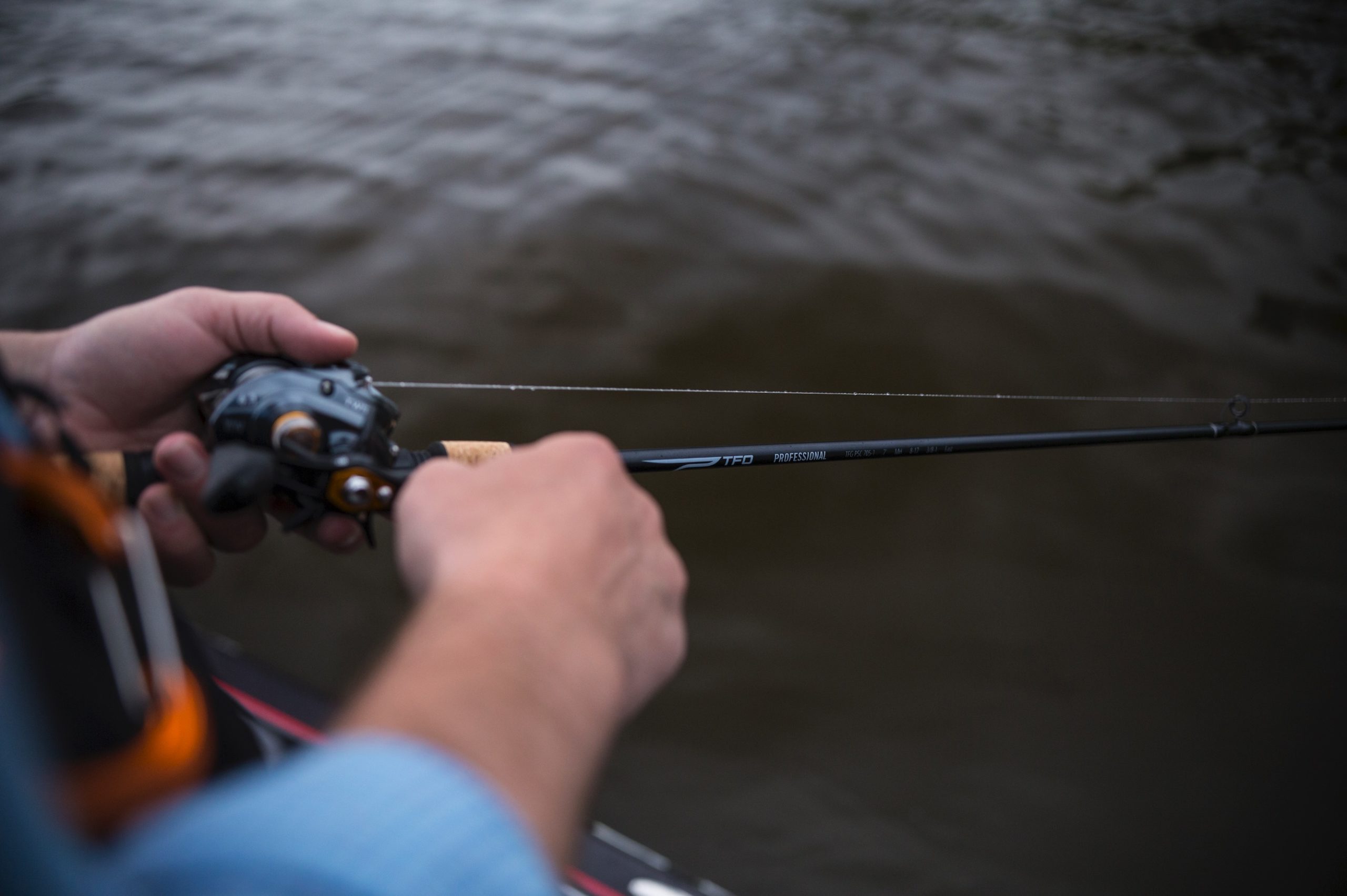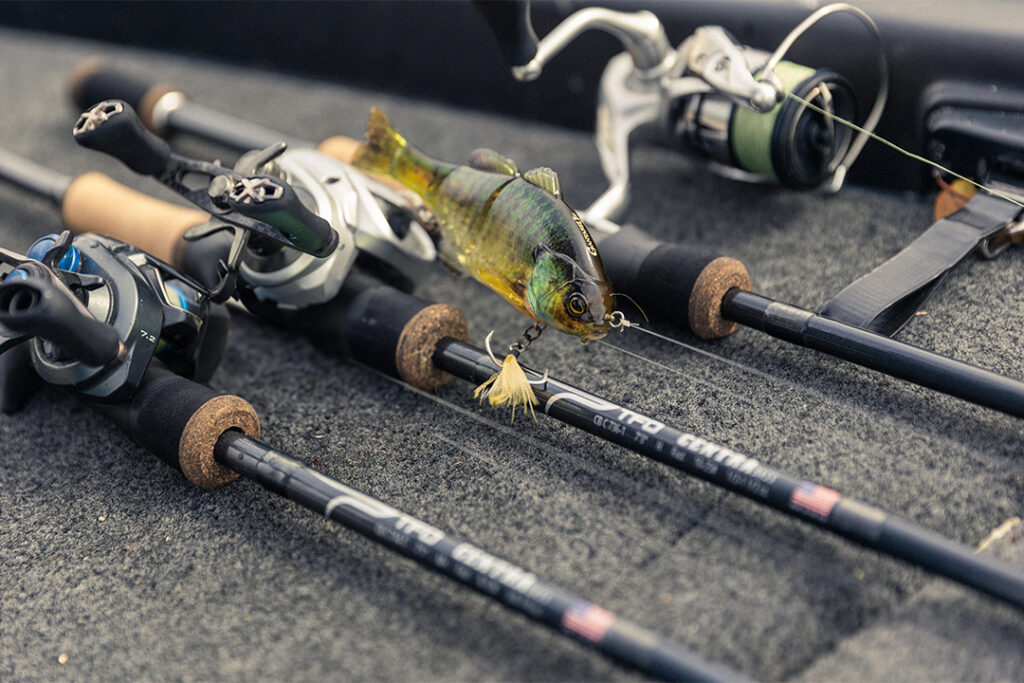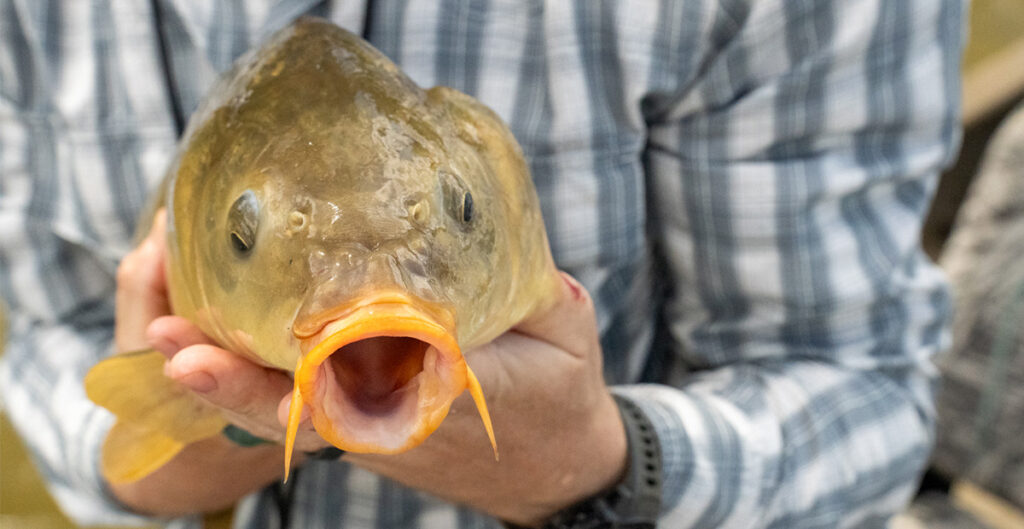I caught my first bass more than 40 years ago, on a farm pond a pitch and a flip from my current house in the Western North Carolina mountains.
I remember the 4-pounder got away after I stuck the stringer in the mud, and the big green fish simply swam away with two panfish in tow.
I was 12. I was devastated.
Soon after college, I fell in love with trout on the long rod. I never really seriously pursued bass on spinning gear, but this season I’ve vowed to change that trend.
Here’s a few tips for those who wish to brush up on bass basics. Obviously, there are several types of bass. For simplicity’s sake, we’ll focus on the largemouth.
Fish Early or Late
I caught my first decent bass in late afternoon, but most of the time bass feed at sunrise and sunset. My rule of thumb is to fish when the sun is below the trees. Once the sun passes the tree line, the bite slows considerably.
In the evening, wait until the sun dips below the trees and fish until dark. Dusk is a great time to fish.
Because bass are light sensitive, your optimum windows are fairly tight. Nevertheless, take advantage of them.
Obviously, work and family commitments dictate when you can fish. If you can only go in the middle of the day, you can still fish, but fish deeper than you would if you were on the water early or late, when the fish are running shallow.
Tis the Season for Bass
A year or so after I caught my first big bass, I thought I was on a roll and would ride that momentum to fish after fish. One bitterly cold Thanksgiving I charged out on to Georgia’s Lake Burton with a carton of nightcrawlers. I caught a cold, but nary a fish.
What I didn’t know is that water temperature dictates when bass — and other fish feed — and success is largely seasonal. So if you’re a beginner, it’s best to fish in the spring or fall, when water temperatures are more conducive to success. This is not to say you can’t fish during winter’s chill or summer’s swelter, because you can, but your odds of catching fish are better in the spring and fall. Plus, the weather is more pleasant.
Where to Find Bass
Structure. Structure. Structure. Find the structure —- logs, brush, rocks, lily pads, hydrilla, or grass — and you will generally find the bass. The bass’ primary objective is to survive and they use structure as protection and as an avenue to ambush prey. This means you need to identify the structure where you fish. Learn it. Learn where it is and you’ll certainly find fish.
The Equipment You Need
You can probably get by with an initial investment of $100, maybe half that, to get your rod, reel, line and lures.
To get started, it’s best to buy a closed-face, push-button spinning outfit — with the line. If you have to spool your own line, go with 8-pound clear mono. Use an arbor knot to attach the mono to the reel and a clinch knot to attach the lure to your line.
For your second rod, I recommend a 7-footer, medium action TFG Professional Series from TFO, not too soft, not too stiff. Ideally, you want to feel your lure on the bottom as you make your presentation. Once you’re comfortable with a rod, a simple open-face spinning reel is a reasonable step up from the push-button combo.
Lures/Baits
When I first started fishing, I used shiners, nightcrawlers and crayfish. As I got more skilled, I graduated to artificial offerings. Some anglers thumb their noses at using bait, but there’s little doubt that can you can catch more fish and build confidence with it. If you choose bait, it helps to use a bobber. When the bobber moves, lift the rod to set the hook. Adjust the bobber according to the depth of the water.
My first lures were stickbaits/soft plastics —- mainly purple and black worms rigged weedless. My biggest mistake was chucking the offering as far as I could and reeling like a madman. What I should have done was cast toward structure and let the worm fall to the bottom before retrieving. A bass will often take a worm on the drop. My other lures were the venerable Snagless Sally and the Beetle Spin. These spinner baits helped me cover a lot of water and they were fun to cast. It also doesn’t hurt to have a crankbait or two in your tackle box as well, but plastic worms and spinner baits are a good start.
Thoughts on getting started in bass fishing? Let us know on one of our social media pages.
